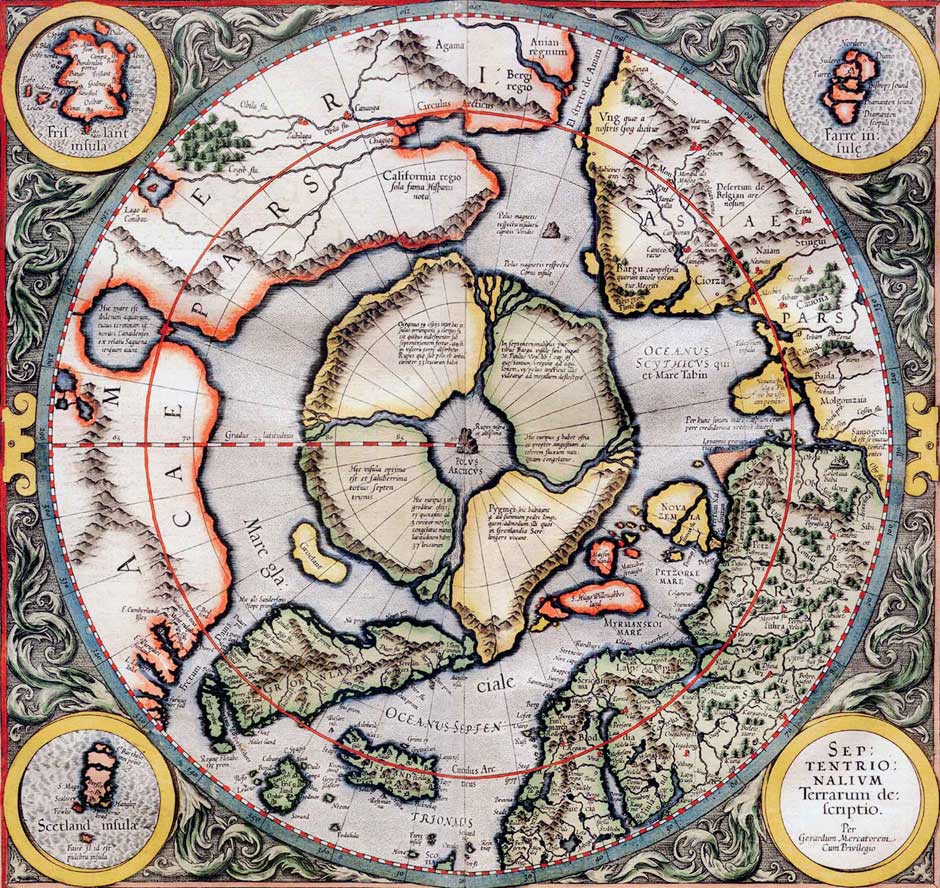Just as much of the setting is going to change as it is going to remain the same. While the high concepts of the setting will remain, how they represent and are represented by the game rules will be altered. The Six Spheres, Temperaments, Taint, etc. will be present in more simplified manners. Dragon Island, its subcontinents, and the other regions will be populated by the various races of the game in ways that were not as originally presented--and more careful planning will be put into spreading the variety of races and the availability of class options available to them.
Many elements will be subject to removal, simplification, and revision. The relationship between Temperaments and Alignments will be revisited, and a model that allows both may even be explored. The re-classification of creatures will be abandoned, and the intentional omission of particular creatures will be revised. If a game element exists in core D&D, then it will have a home in Orbimond without extraordinary conditions or mechanical modifications.



